There’s a reason this knife is a classic. It flat-out works. It’s a blade design that has withstood the test of time. It’s a do-it-all knife.
by Leon Pantenburg
The Bark River Seax is all that and more. I got one as soon as they came out in 2015. If you’re interested, I get some of my knives from the guys at Knives Ship Free.
Specifications
- Overall Length: 10.125 Inches
- Blade Length: 4.8 Inches
- Cutting Edge: 4.6 Inches
- Blade Steel: A2 @ 58-60rc
- Blade Thickness: .187 Inch
- Weight: 10 Ounces
- Made in the USA
Pronounced “sax,” the Seax design goes back to the Middle Ages. Back then, every knife was handmade and expensive. The average peasant could probably only afford one, so of necessity it was used for everything, from cutting fibers on the farm, to whittling handles for tools to butchering livestock to cooking – you name it.
The peasant would have chosen his knife design with care, because a poor blade and handle design would have been a really bad idea.
The BR Seax is massive and the design grows on you. As is my custom, all new knives start out in the kitchen, and are used as needed for culinary work.
But then the knife is used for whatever project I happen to be working on. In this case, that project was helping put in a garden. The Seax was used to whittle plant stakes, cut rope, twine and PVC pipe, open plastic seedling and fertilizer containers and it did some digging. The edge held, despite all this. A quick strop quickly got is shaving sharp again.
Later, it was used to clean some fish for dinner. A Seax sucks as a fillet knife, but it worked just fine to behead, gut and clean a couple of catfish.
Well, it’s been more than two years, and the Seax has found a permanent home on the knife rack. It is used regularly for any carving and slicing tasks that come up. The Seax is particularly useful for cutting lemons, oranges and other citrus fruit, as well being used a lot for slicing meat and fish and chopping onions, potatoes and any other vegetable.
This means the A2 steel gets stained from the citric acid. That is no big deal – the blade got a forced vinegar/lemon juice patina, and it has that well-used look I find appealing.
I’ve heard that other Seax users swear by them for butchering and processing large animals. I have done a lot of meat cutting and slicing with my Seax, but have not tried many hunting-related tasks.
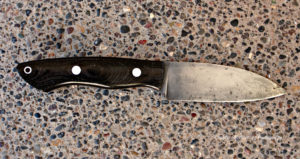
My Seax has the patina of two years of constant use.
Here’s the good stuff:
Steel: I love A2 steel. It holds an edge really well, and is easy to re-sharpen. A2 will get stained, especially if it is exposed to blood or a lot of citric acid. I don’t care.
Blade length: My favorite, overall blade length is about five inches. I find this to be the best compromise between a blade large enough to gut a buck and small enough to whittle small wood items.
Blade thickness: I favor thin blades because they slice better. With the tough, modern A2 steel, I don’t see a lot of need for a thick blade in this kind of knife. I can’t see an instance when you’d need the extra lateral strength a thick blade might offer. As it is, I would like this knife better if the blade was thinner. Since it is used mostly for slicing and chopping, a thinner blade would work better.
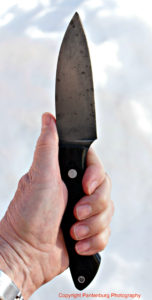
The handle is generous, even for my large hands.
Handle: The handle is generous, even for me with my large hands. The large diameter and ergonomically-designed handle provides a secure grip. Mine is black micarta, and my experience is that the micarta gets “grippier” when damp or wet.
Something to consider when buying any knife: Can you use it safely with gloves on? This is a big deal for me, since I am frequently out in deep snow and cold temperatures. The Seax handle is large enough to grip securely, even when wearing wool mittens.
Point: People looking at the Seax point will immediately notice how much it resembles a sheepfoot or Wharncliffe.
A Wharncliffe blade is similar in profile to a sheep’s foot, but the curve of the back edge starts closer to the handle and is more gradual. Its blade is much thicker than a knife of comparable size. Wharncliffes were popular with sailors because the tip’s shape prevented accidental penetration of the work or the user’s hand with the sudden motion of a ship.
This is another proven part of the design.
Spine: The spine is ground at 90 degrees, like an ice skate. That allows using it to shred tinder or scrape a ferrocerium rod.
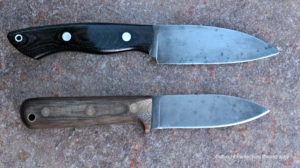
The Seax, top, and L.T. Wright Genesis are low profile, high performers.
Weight: At 10 ounces, this knife is no lightweight. A Seax could certainly do anything a backpacker might need, but at the cost of extra weight and tremendous overkill. Still, it could work very well as a survival knife.
Do you need a Seax?
Well, it depends on what you might be using it for.
A Seax is a hardworking tool that will take a lot of use and abuse without any problems. But it’s not particularly pretty, and most people won’t be all that impressed with it right off the bat.
Until it gets used. Then, you find the Seax works great for just about everything. Gradually, it will become that knife you use for just about anything.
Then it fits into that exclusive “that knife” category, composed of a few select knives you can depend on for everything. When in doubt, you reach for that knife. For me, that category includes the L.T. Wright Genesis, Cold Steel SRK, Bark River Bravo, and a few others.
You do need “that knife.”
Check out our other survival knife reviews.

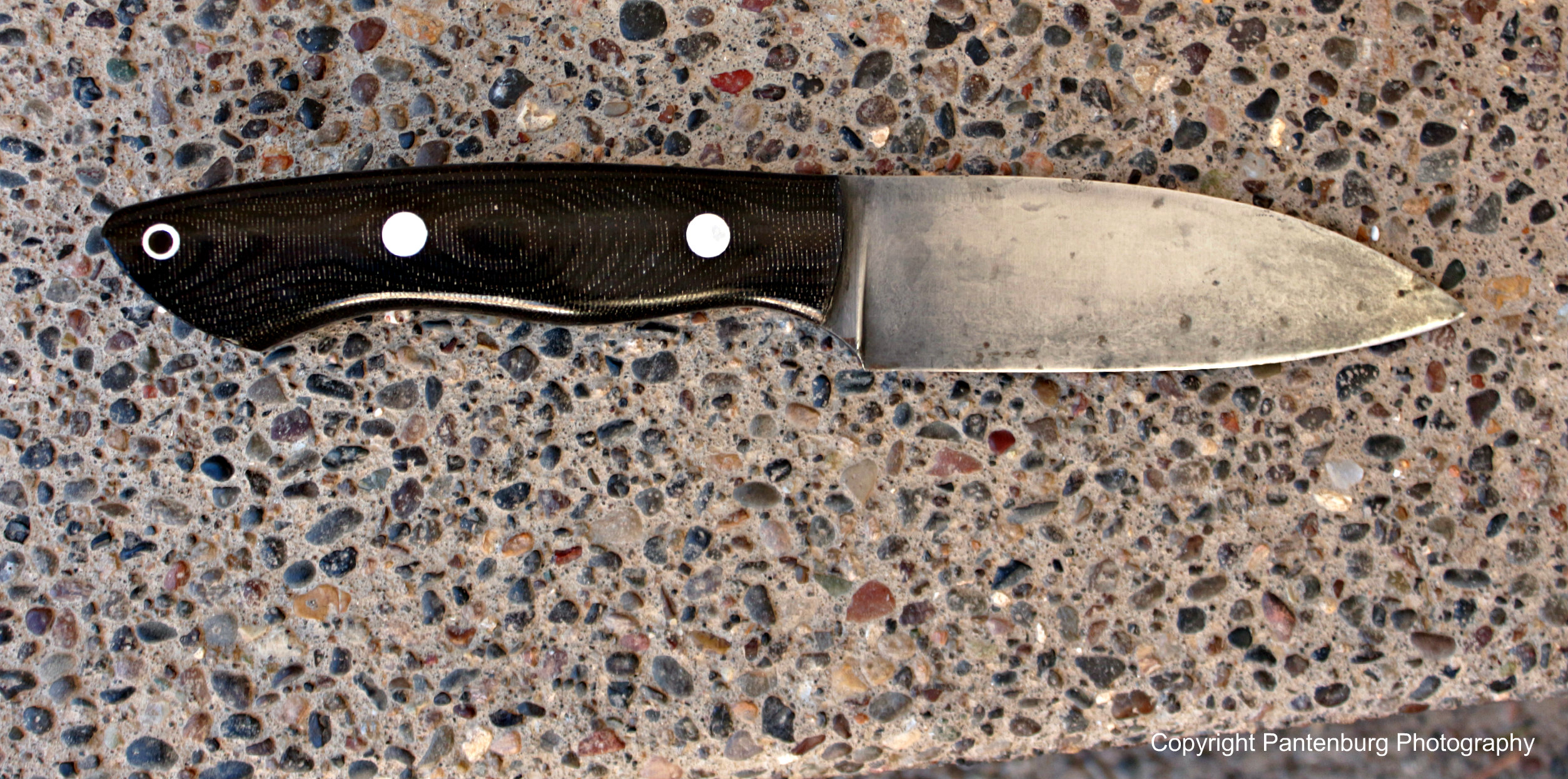
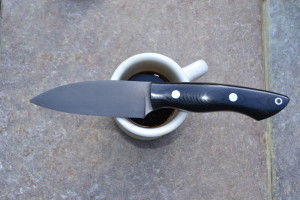
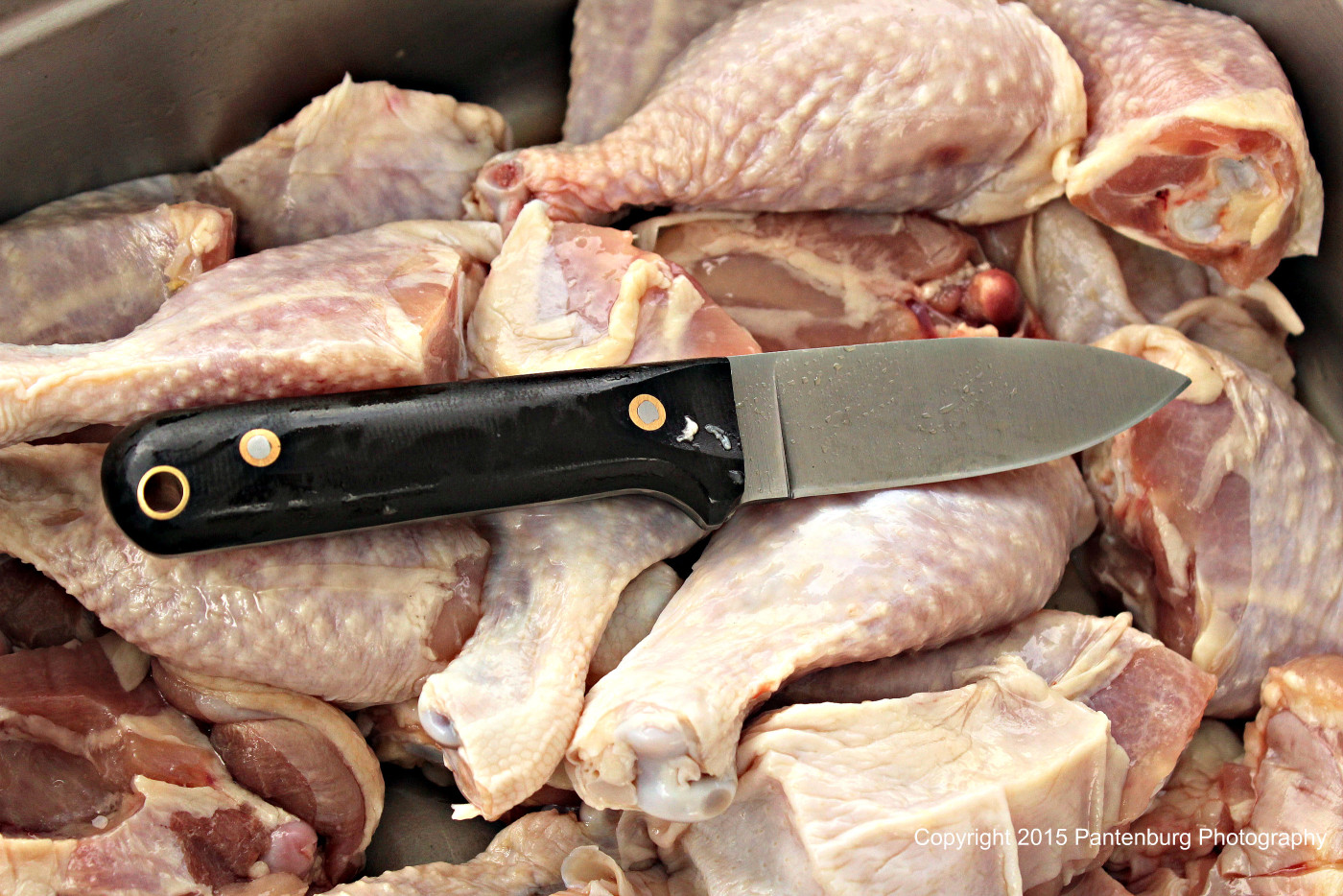
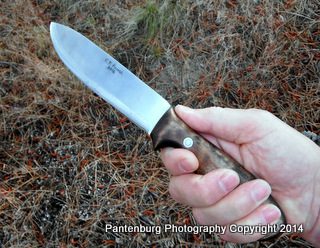

Leave a Reply